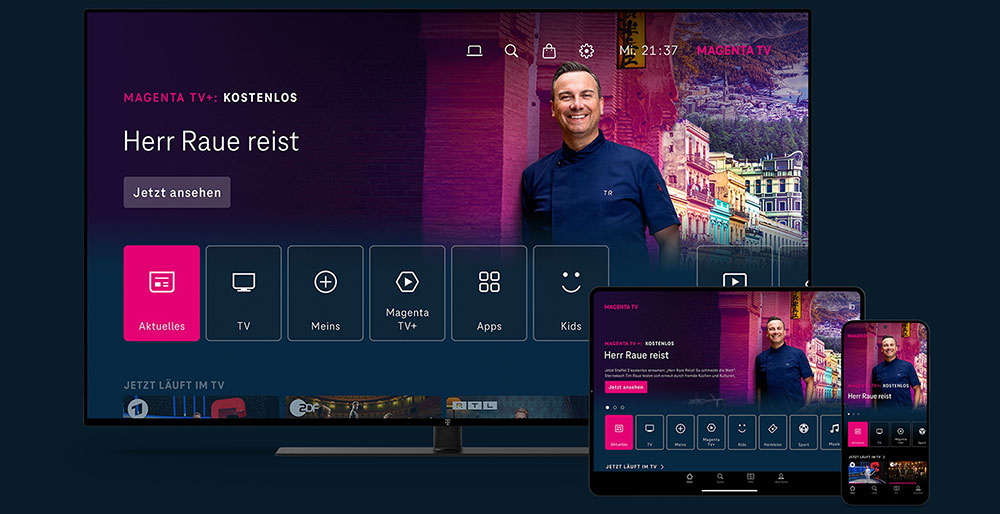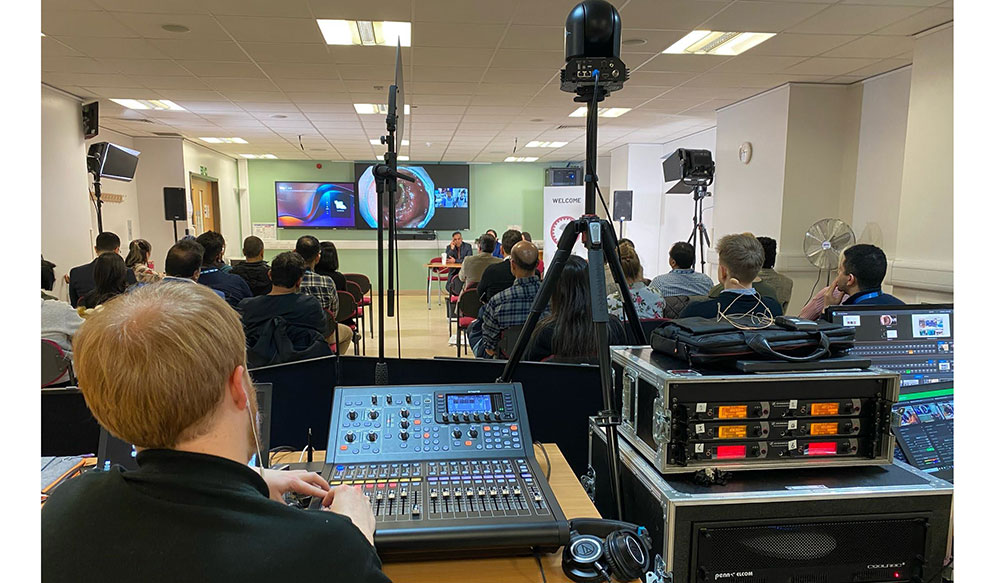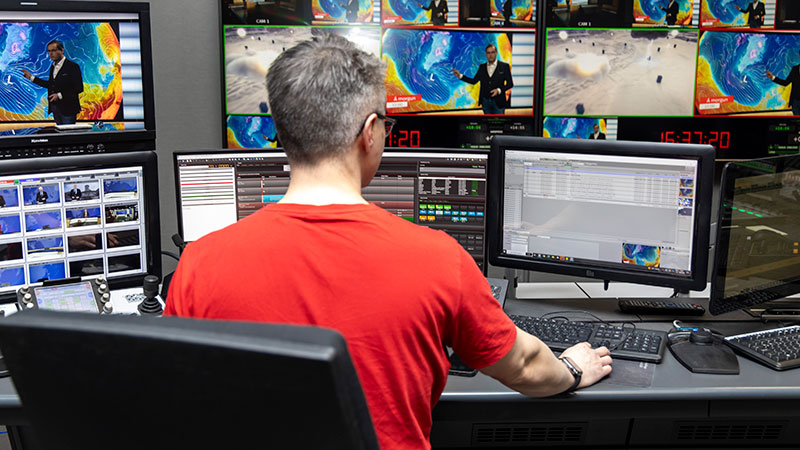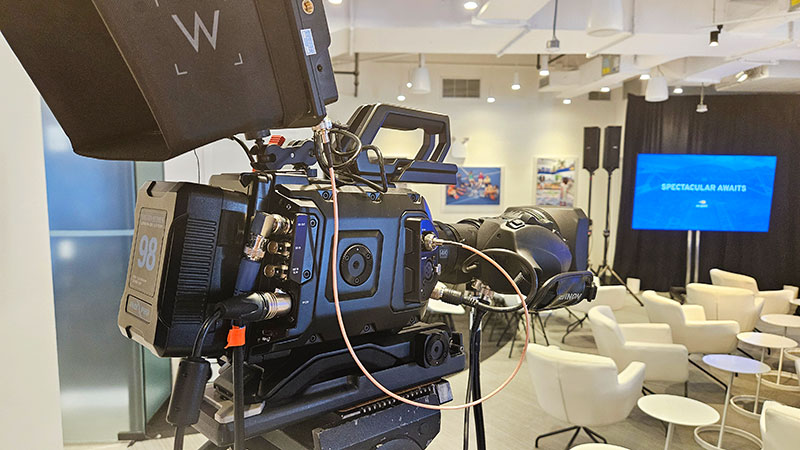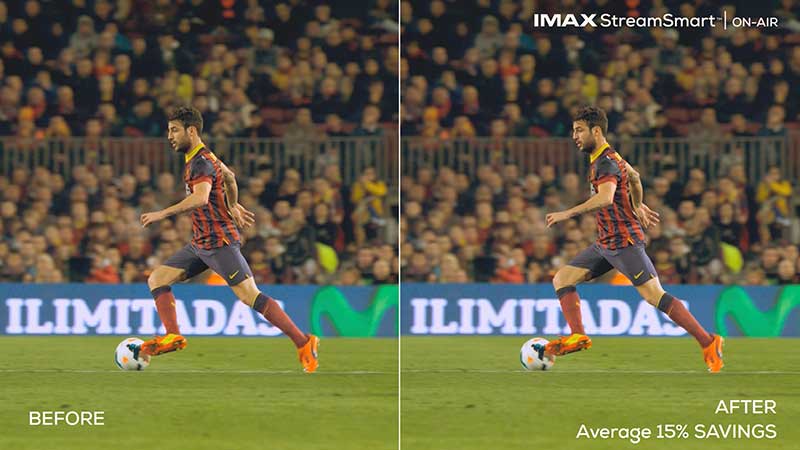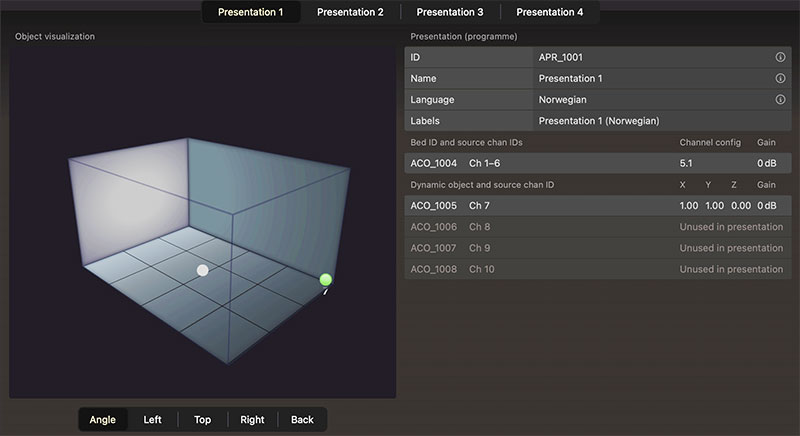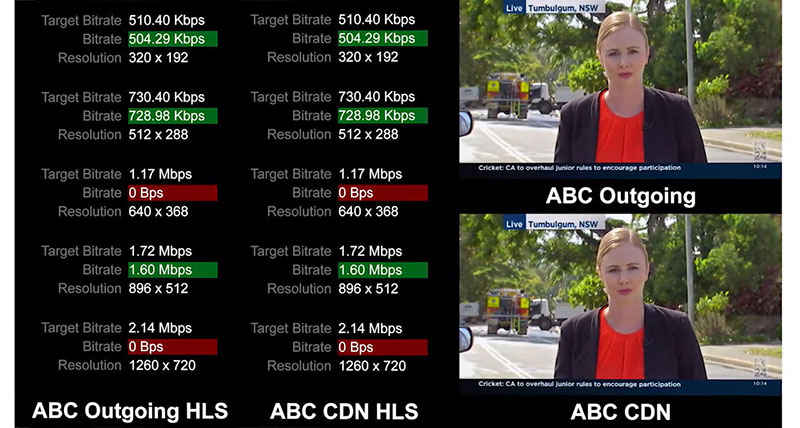Olivier Suard at Nevion talks about the opportunity IP connectivity brings broadcasters to control the logistics of live production, and achieve flexibility, efficiency and cost-savings.

Today, a growing number of broadcasters and media companies have taken note of the transformative capabilities of Internet Protocol (IP) connectivity and are starting to use it for media delivery. According to Olivier Suard, VP of Marketing, at Nevion, the change is not due simply to wanting to adopt the latest trendy innovation that encourages broadcasters to jump on the bandwagon.
“After all, IP as a technology turned 50 this year,” he said. “It’s due to broadcasters’ desire to reshape the logistics and economics associated with their live productions, and achieve flexibility, efficiency and cost-savings in their operations.”
Broadcast Transformations
Since the middle of the 20th century, broadcasting has gone through some significant technology changes – the move from black-and-white to colour, for example, and then to HD and 4K UHD. But Oliver notes that these transformations have been fairly incremental and focused on the product – that is, the content itself – rather than the business.
He said, “When IP was initially considered in live production, those in the industry often thought of it as a slight improvement to what was already in place. This is why IP deployments were often essentially replications of SDI networks because that was what the industry was fully accustomed to.
“In reality, IP has a significant advantage over SDI. It can connect anything, anywhere and at any time, across LANs, WANs, 5G and Cloud. This flexibility addresses two major inefficiencies in live production – the need for most production resources, notably equipment and staff, to be physically present where and when content is being created, and the consequent underutilisation of these resources.”
Management and Orchestration
SDI usually requires the incorporation of large central routers, making capacity a key limiting factor for scalability.
In contrast, scalability and redundancy in an IP system can be managed with standard, existing pieces of hardware. For instance, in the widely adopted spine-leaf architecture, several ‘spine’ routers can be connected to smaller ‘leaf’ routers. “This approach means that scalability is achieved just by adding more routers, rather than replacing existing ones, and redundancy via using multiple connections to open alternative routes. Downtime is avoided due to multiple paths remaining online should a cable be cut or a router go out of action,” said Olivier.
“The data plane – the part of a network that carries user traffic, enables data transfer to and from clients, directs application behaviour and so on – has therefore witnessed a huge transformation thanks to IP. When it comes to the control plane – the network component that carries information about the network and programs actions for the data plane – legacy thinking is also commonplace.
“This plane defines network topology, and controls traffic routing, packet forwarding and related activities. In SDI, each network is treated in isolation from others, making network orchestration and broadcast control comparatively simple. It is tempting to apply similar ideas to IP networks, such as considering each network individually, configuring it from the outset and then letting it manage itself, with the same broadcast control concepts.”

Places, Processing, People
However, this approach potentially limits the realisation of what Olivier feels is one of the biggest business transformation capabilities of IP technology – distributed production.
Key to understanding how IP supersedes SDI is the way it can connect places, processing and people. He said, “In a way that SDI was never capable of, these ‘3Ps’ can participate in the production without needing to be on-site. With IP, control rooms need not be replicated at every production site, and most equipment and personnel need not be dispatched to venues. Production staff can also produce multiple events in different locations on the same day, using the same equipment – without any travelling or shipping involved. This is transformational for any media operation and business.
“In short, this requires a total rethink of network orchestration and broadcast operations control – one that acknowledges the distributed and dynamic nature of future live production.”
Real World Applications
Here, Olivier describes a real-life example from a global US-based media company that has successfully made use of IP technology.
With the European rights to several high-profile sports competitions, including the Summer and Winter Games, this company broadcasts these events live to over 20 countries on the continent, where each country has its own language and angle on the event. He said, “Until relatively recently, many of those countries also operated their own production capabilities, resulting in duplicated equipment, underutilised resources and the need for local technical capabilities to monitor and maintain these disconnected environments.
“The US media company set up an IP environment to centralise processing between two private clouds. These two clouds were accessible to all production facilities across Europe, supported by Nevion Virtuoso (using JPEG XS) for reliable media transport and Nevion VideoIPath for network and resource orchestration. The resulting consolidation optimised production in terms of efficiency and effectiveness – across the board.”
“This example is just one of many projects that are utilising IP to simplify live production. For those hesitant to embrace the changes involved, it serves as an example of the immediate returns that an investment in IP technology can bring about.”
Broadcast Revolution
Olivier believes that IP infrastructure is truly revolutionising live broadcast production. Moving beyond isolated upgrades such as shifting to HD or 4K, IP gives an organisation a transformative approach by enabling remote and distributed production capabilities that were never possible with legacy SDI systems. The 3Ps – places, processing and people – can now be connected and taken advantage of in flexible new ways.
“Major media companies are already seizing new opportunities through IP deployments, from centralising resources in the cloud to optimising equipment utilisation across multiple concurrent events,” he said. “As more embrace its potential, we can expect to see continued innovation that further reshapes the economics and workflows of live production. The IP revolution is underway, allowing broadcasters to reimagine what’s possible and future-proof their operations for the demands of modern media consumption.” nevion.com







